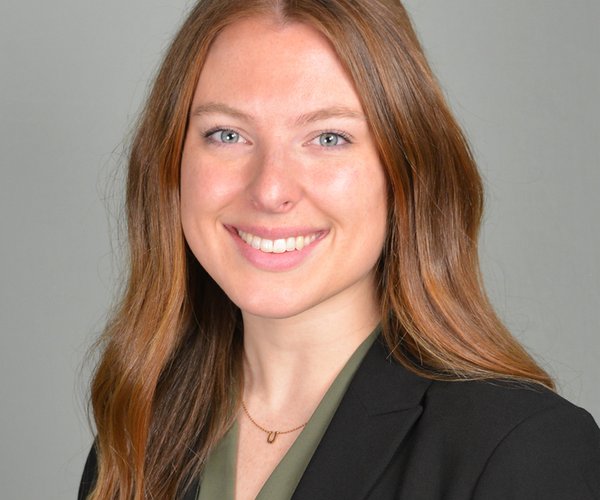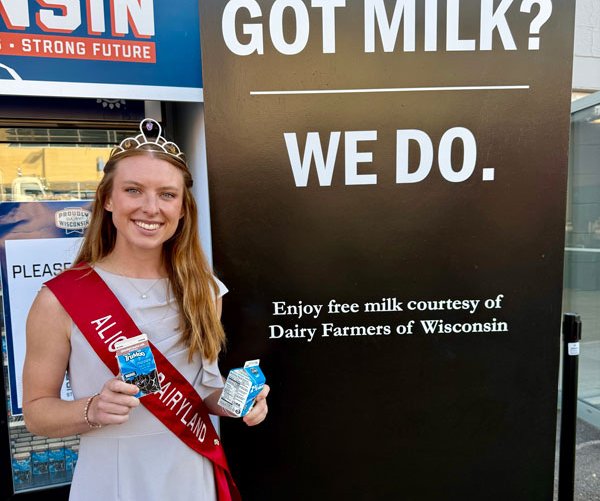Around the time Wisconsin became a state in 1848, it was known as America’s breadbasket, with one sixth of the nation’s wheat being harvested here. According to the Wisconsin Historical Society (WHS), settlers in Wisconsin chose wheat because it did not require much money, was fairly easy to grow, and it could be harvested twice a year. So, what caused our change from America’s breadbasket to America’s Dairyland?
Wheat became a rather risky crop here at home. It had a varied yield, and the 1860s brought about an insect called chinch bugs, which further decimated crops. Needing to change course, Wisconsin’s farmers found that dairying was a viable replacement for the earlier wheat boom. Our climate was ideal for dairy cattle and the soil was better suited for feed crops.
Prior to Wisconsin’s dairy boom, New York was the leading dairy state. Many New Yorkers moved to Wisconsin and brought with them their knowledge and skills for dairying on a commercial scale. WHS states that even before the dairy boom happened here, Charles Rockwell was one of the earliest cheesemakers in Wisconsin. He began production at Koshkonong, near Fort Atkinson in Jefferson County, in 1837. Taking the lead from Rockwell and other budding cheesemakers in the state, many dairies primarily produced cheese because it kept longer than the butter that was being made in other dairy-producing states.
Seeing a fast-growing opportunity for farmers, the University of Wisconsin soon began researching ways to support the dairy industry. William A. Henry, the UW’s first professor of agriculture, used the school’s farm to experiment with various methods, and Professor Stephen Babcock developed the first test for butterfat content in milk. Babcock’s test enabled high-quality butter and cheese to be manufactured consistently. The university also started a ‘short course’ to educate farmers about the dairy industry.
William Dempster Hoard, the 16th Governor of Wisconsin, should also be recognized for the success of Wisconsin dairy farming. WHS shares that he started the Wisconsin Dairyman’s Association in Watertown in 1872. With an original focus on marketing, the Dairyman’s Association also provided education on new dairying methods through its publications and meetings. Hoard’s Dairyman was established in 1885 and quickly became the nation’s leading dairy magazine.
Dairy cow numbers grew quickly, and by 1899 more than 90% of Wisconsin’s farmers raised dairy cows. By 1915, Wisconsin had become the leading dairy state in the nation, producing more butter and cheese than any other state.
Fast forward more than 100 years and Wisconsin still maintains the title of America’s Dairyland. Today, our state is home to nearly a quarter of the nation’s dairy farms, 95% of which are family owned. Our farm families understand the importance of keeping cows healthy and comfortable, as well as managing land and water resources. Our nearly 6,000 farms house more than 1.2 million cows, which are milked and cared for using the latest technology to ensure cow comfort and product safety.
The history of Wisconsin dairy isn’t just on a statewide level. While visiting farms throughout my life, and especially during my time as Alice in Dairyland, I have been honored to hear the histories of those family farms. The next time you’re able to visit with a farmer, ask them their farm’s history — you won’t be disappointed! You can also find inspiring stories from some of our dairy farmers at wisconsindairy.org/Our-Farms.
— Ashley Hagenow is the 76th Alice in Dairyland, Wisconsin’s agriculture ambassador who works with media professionals to educate consumers about the importance of agriculture to Wisconsin’s economy and way of life. She can be reached at ashley.hagenow@wisconsin.gov.




